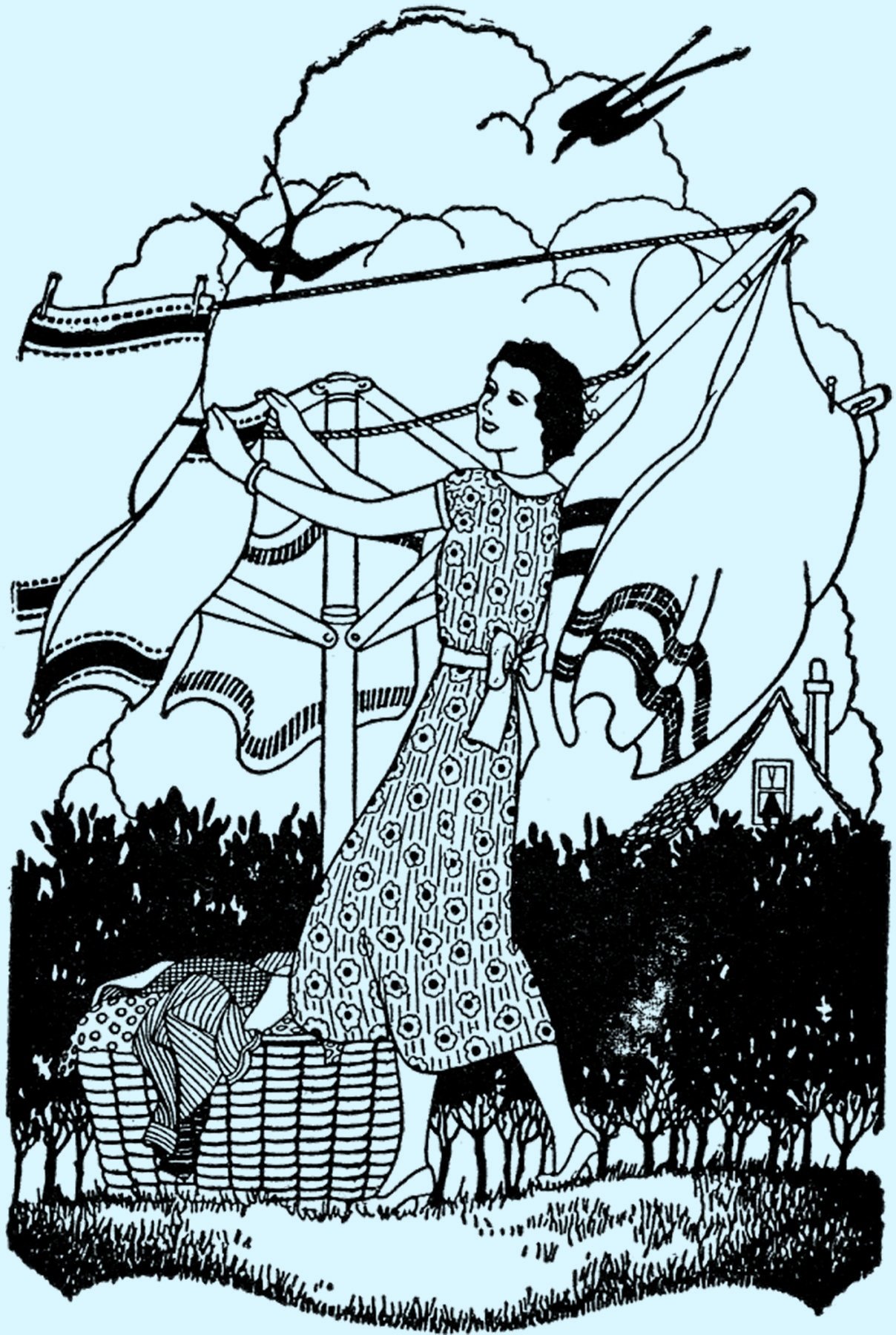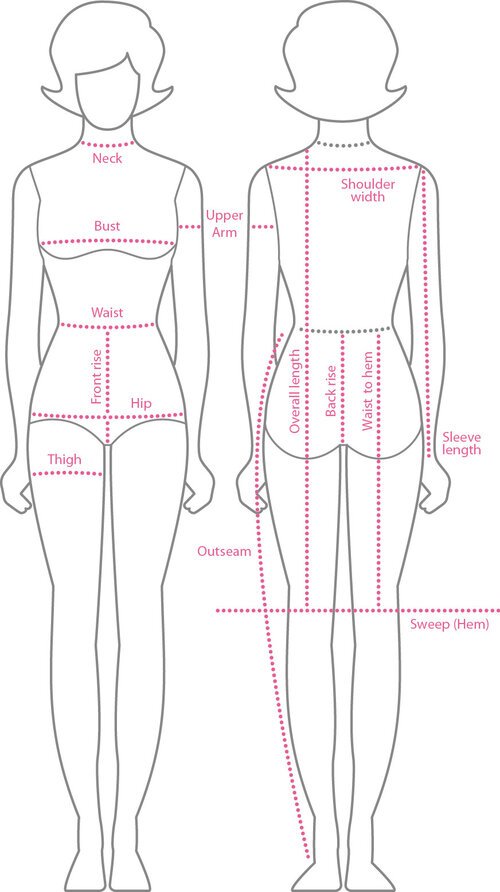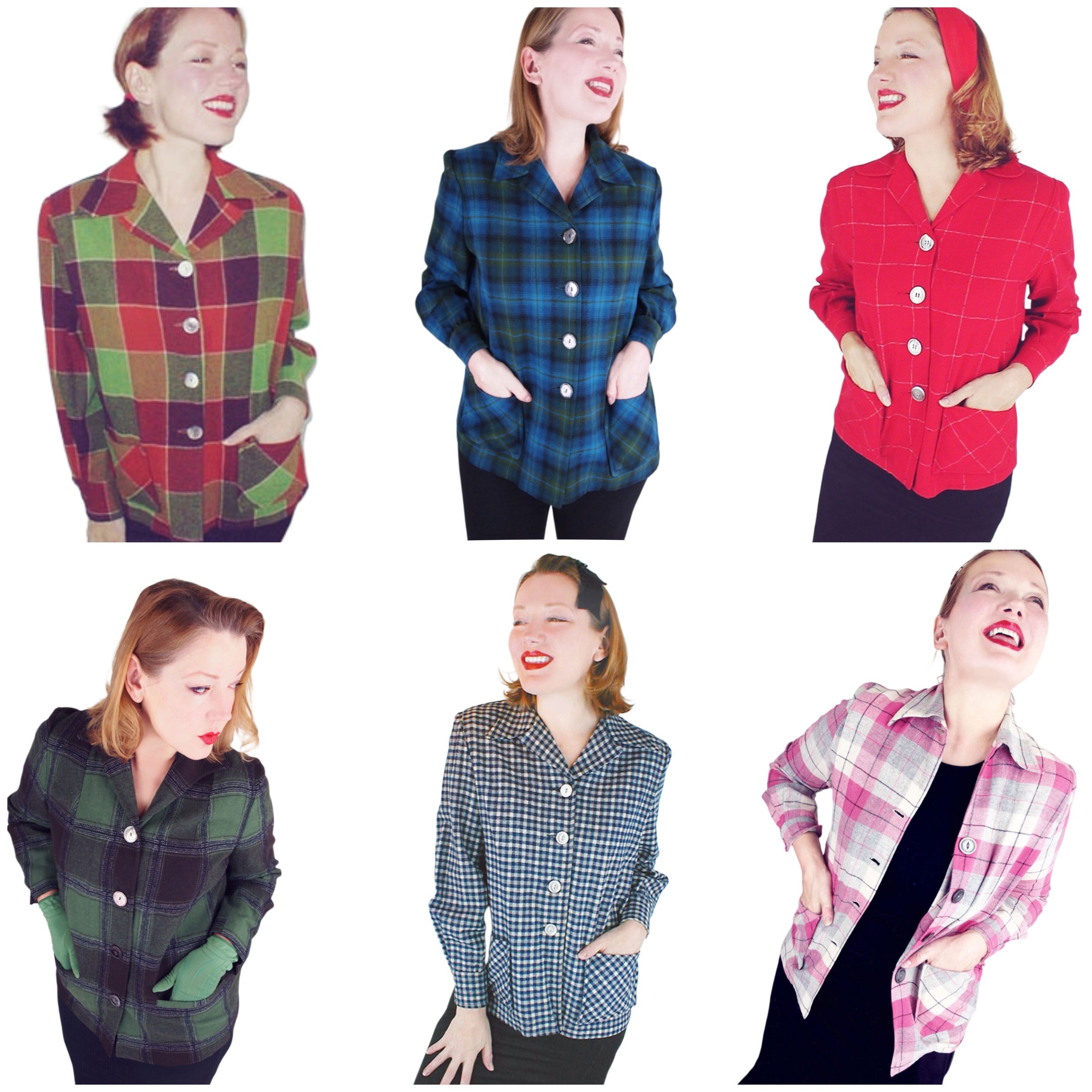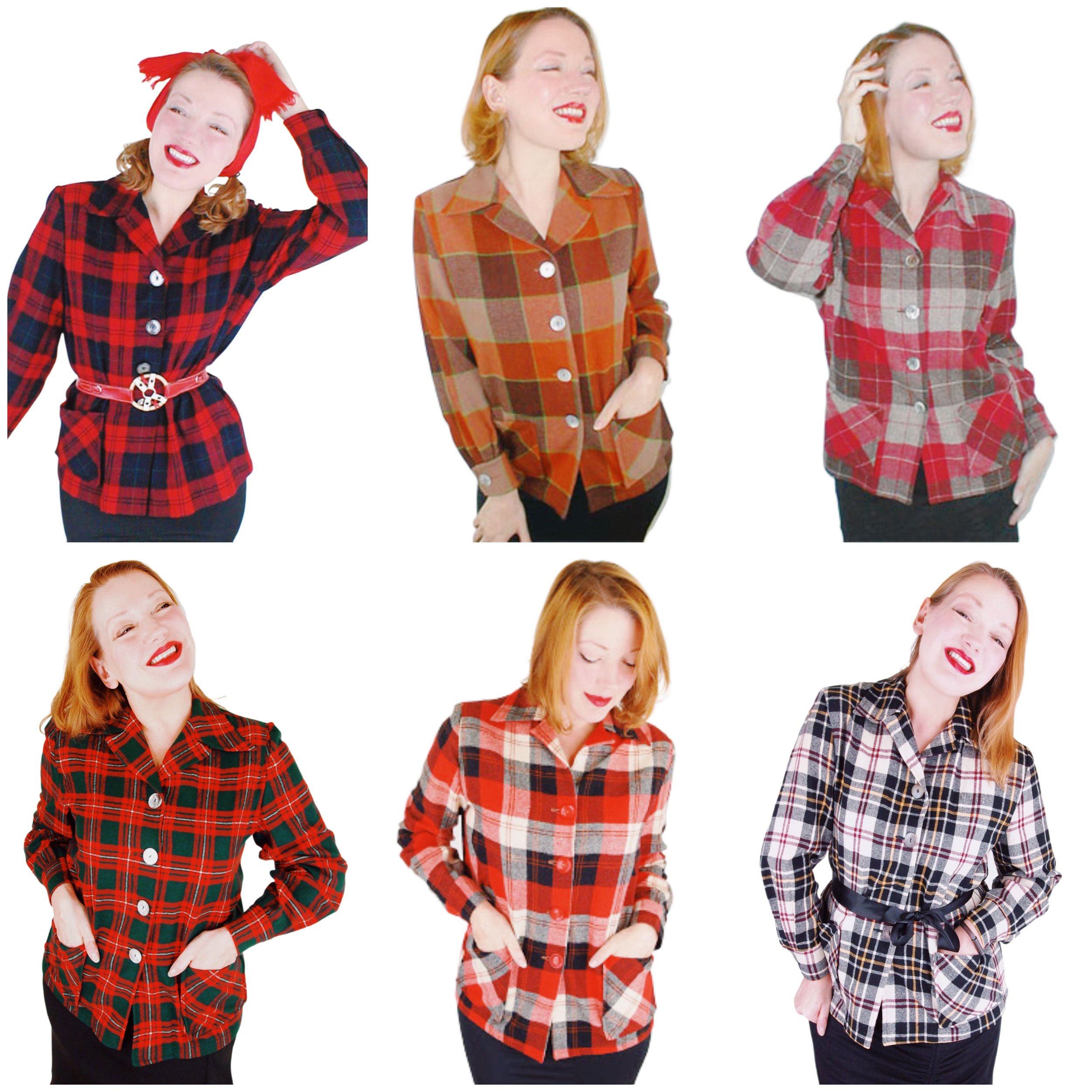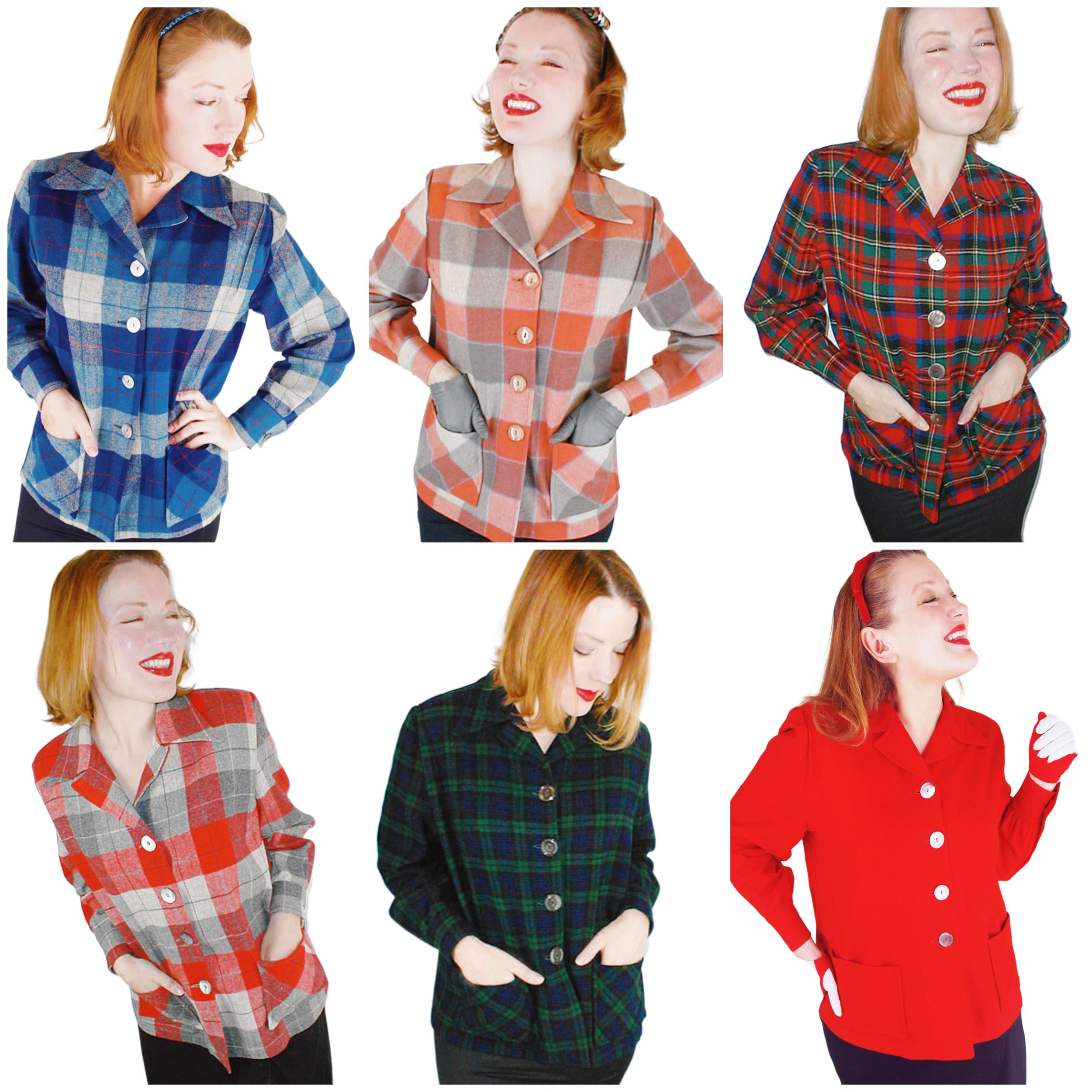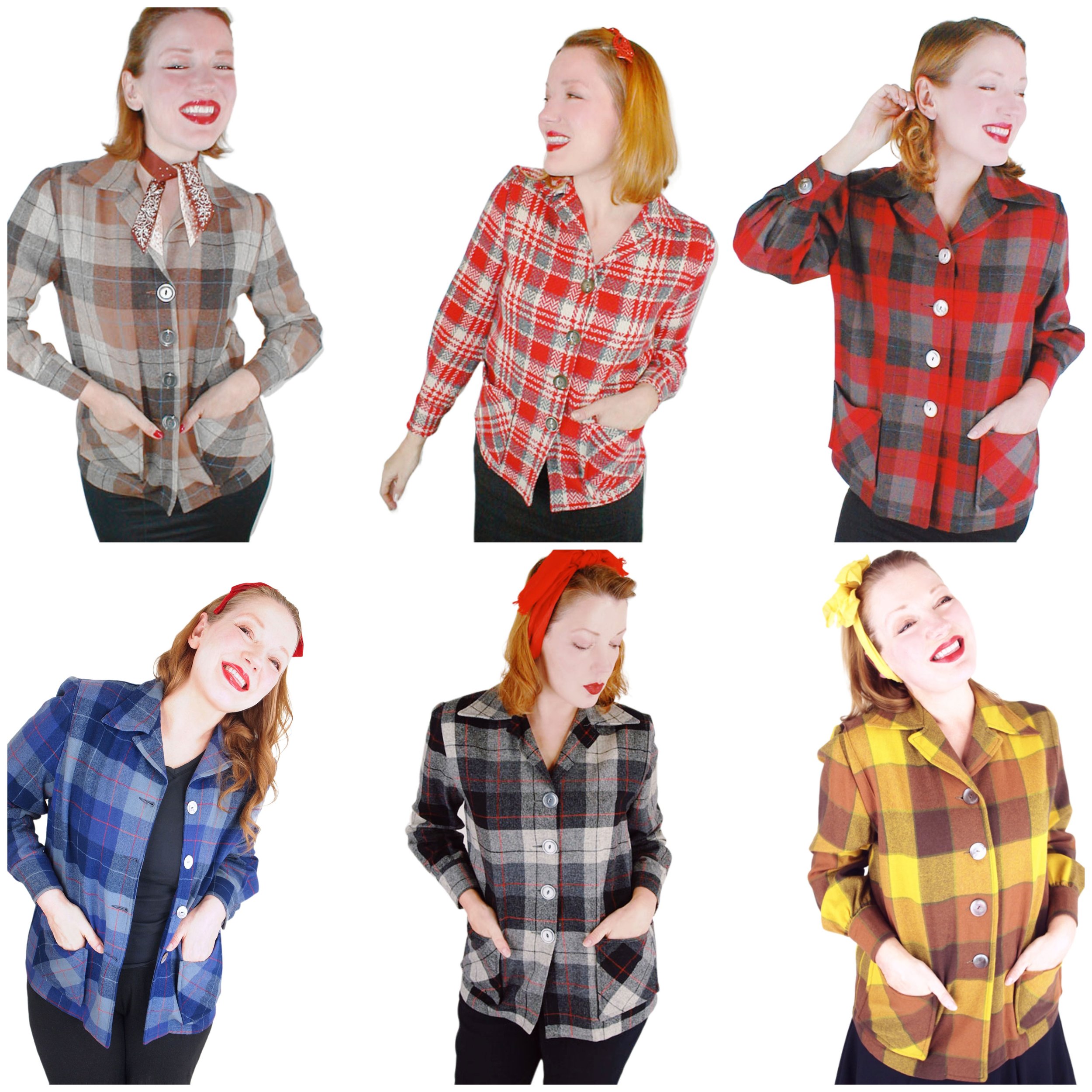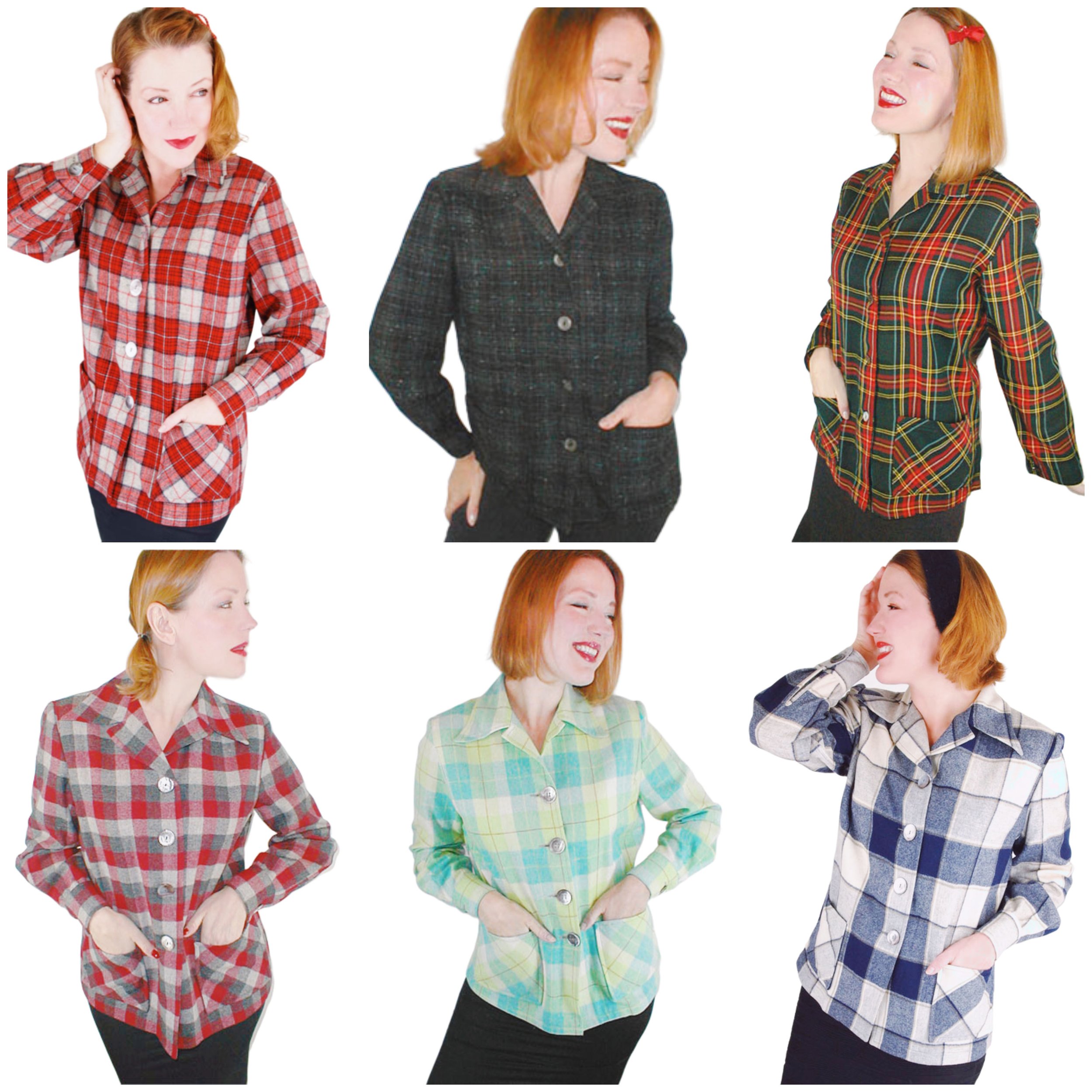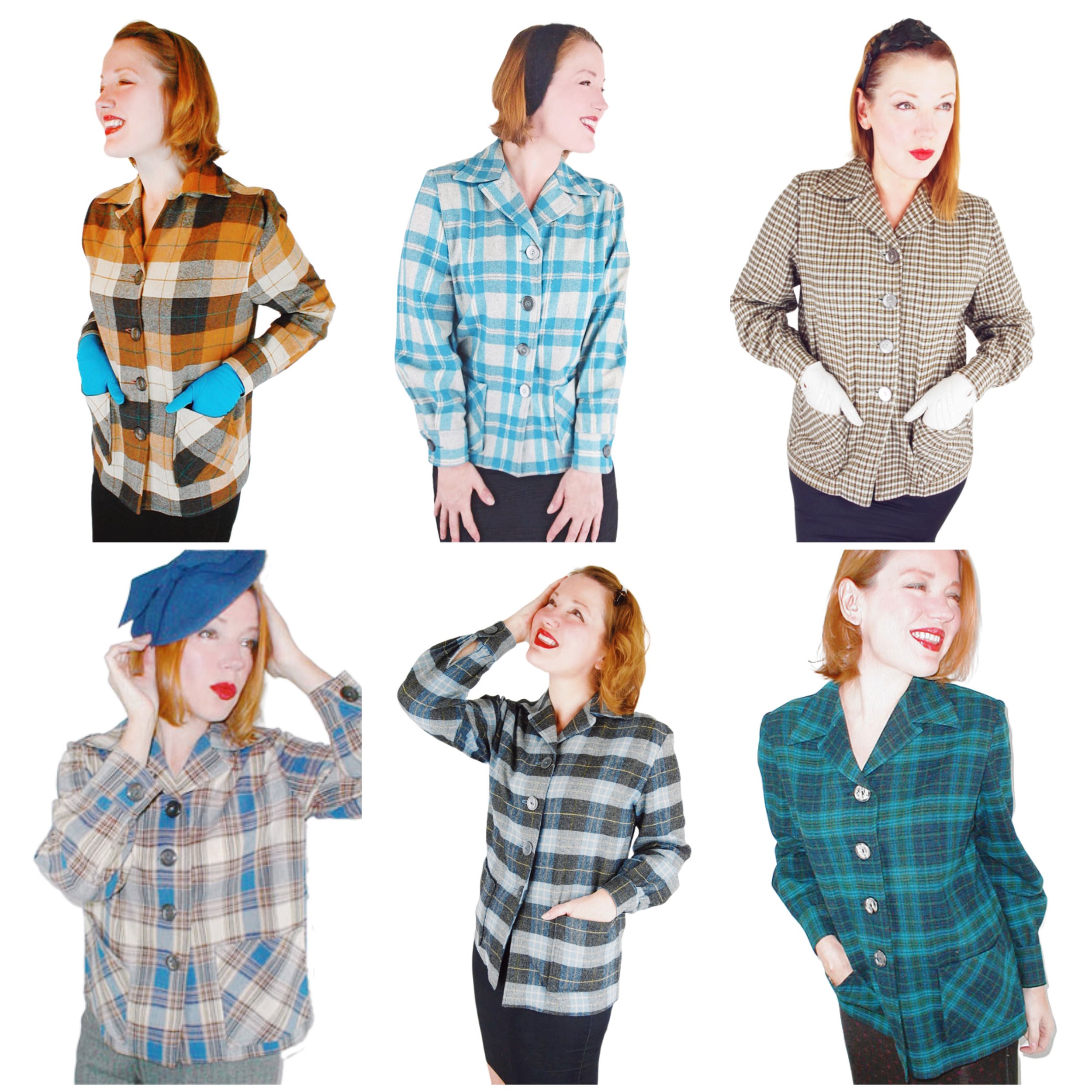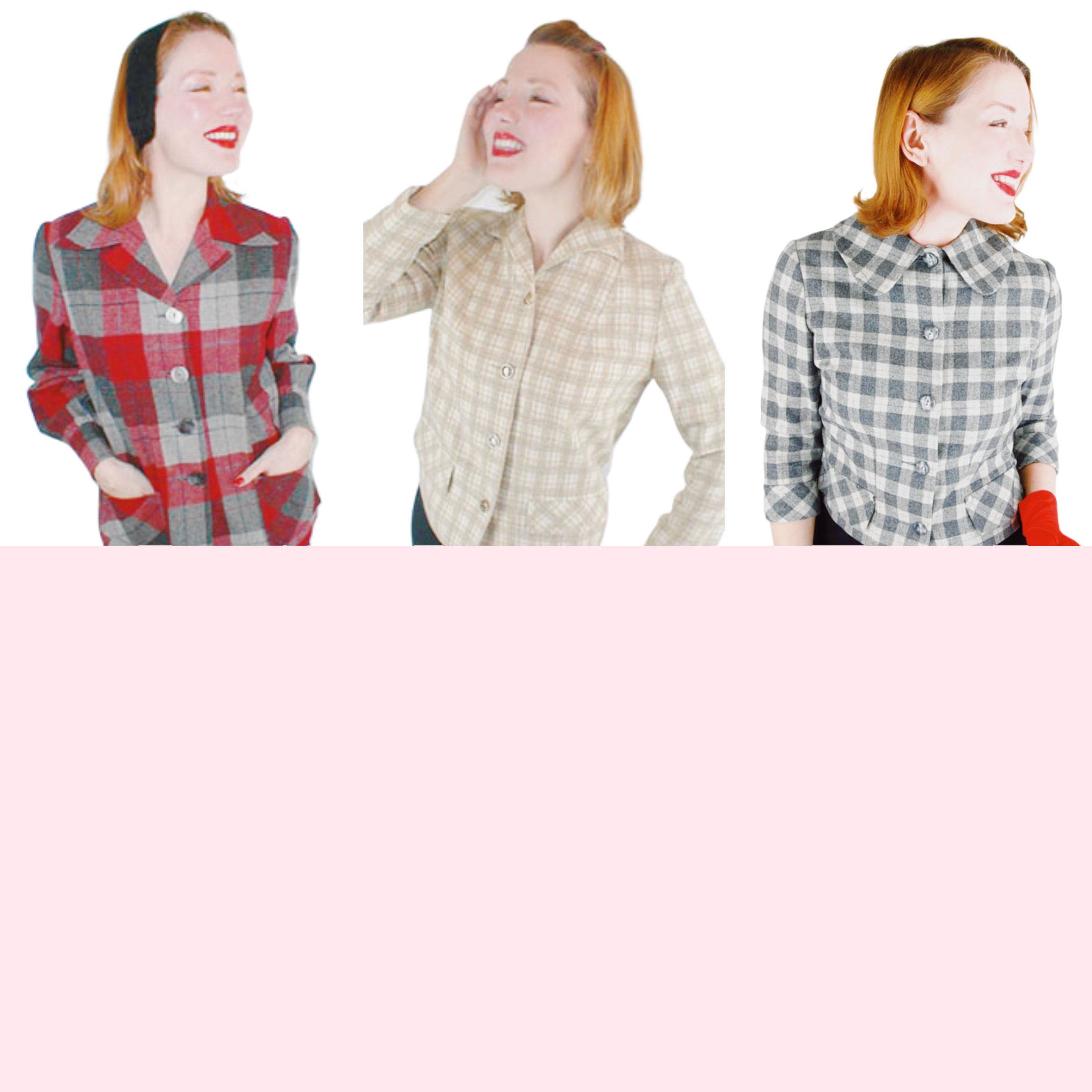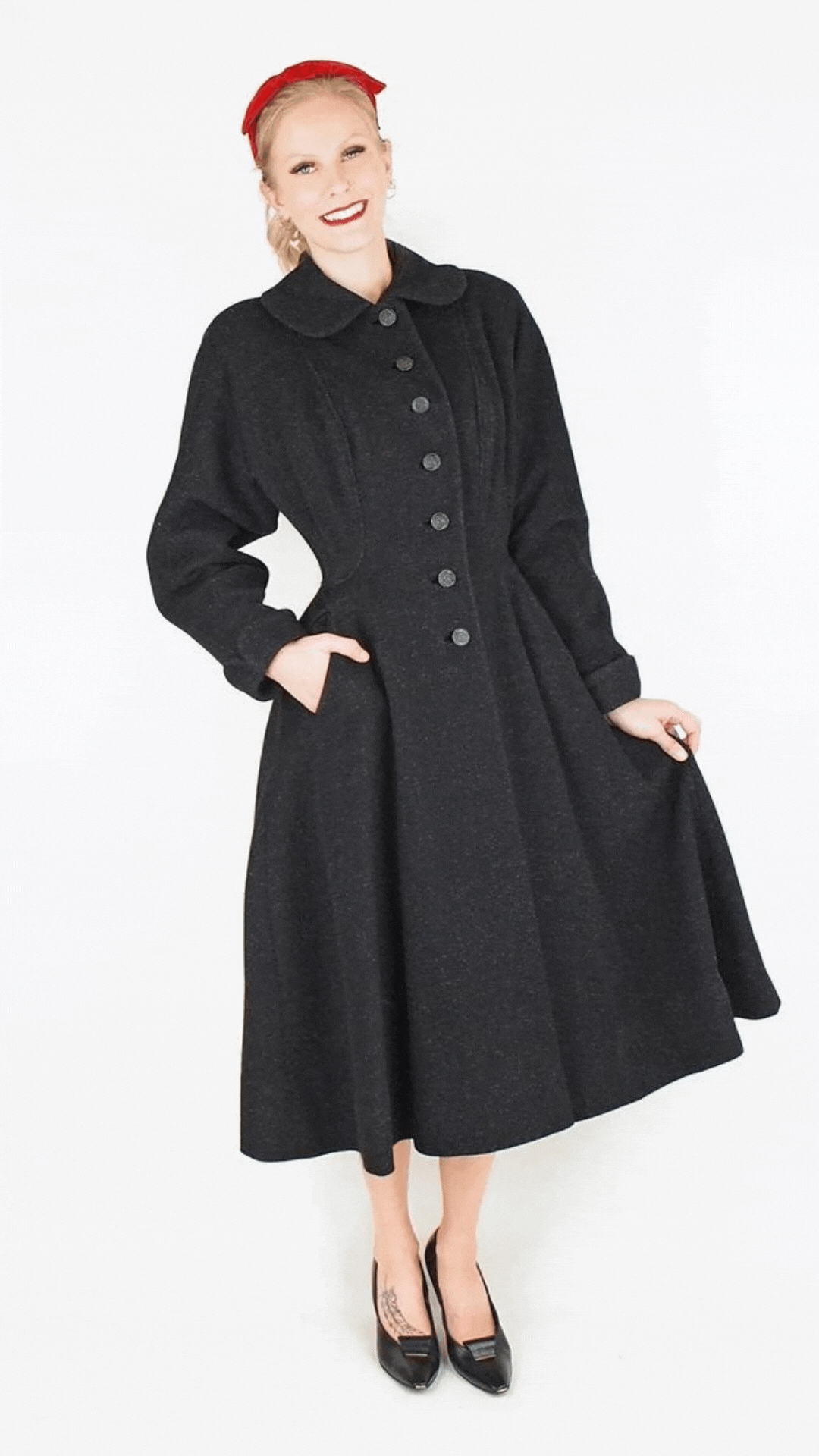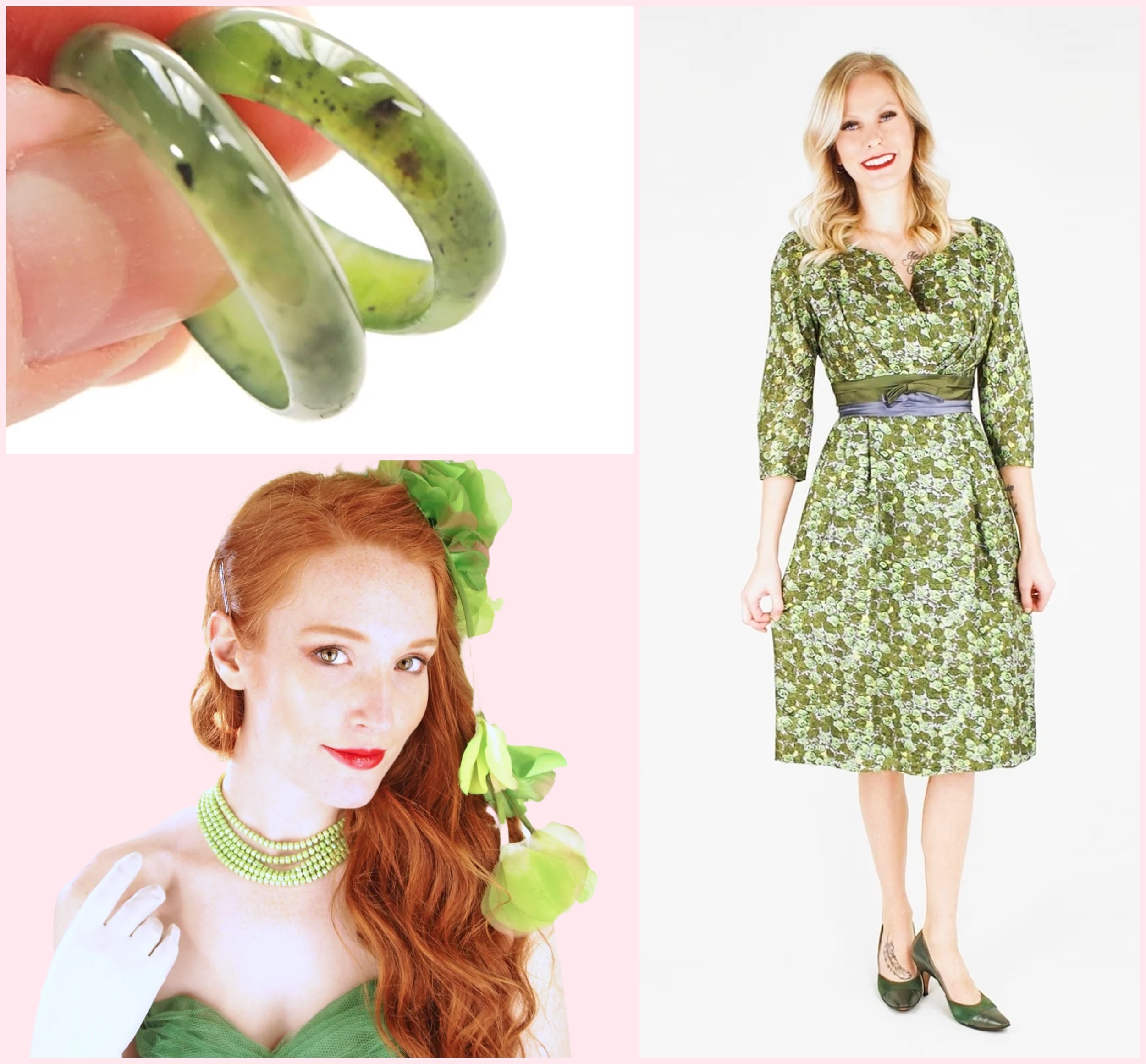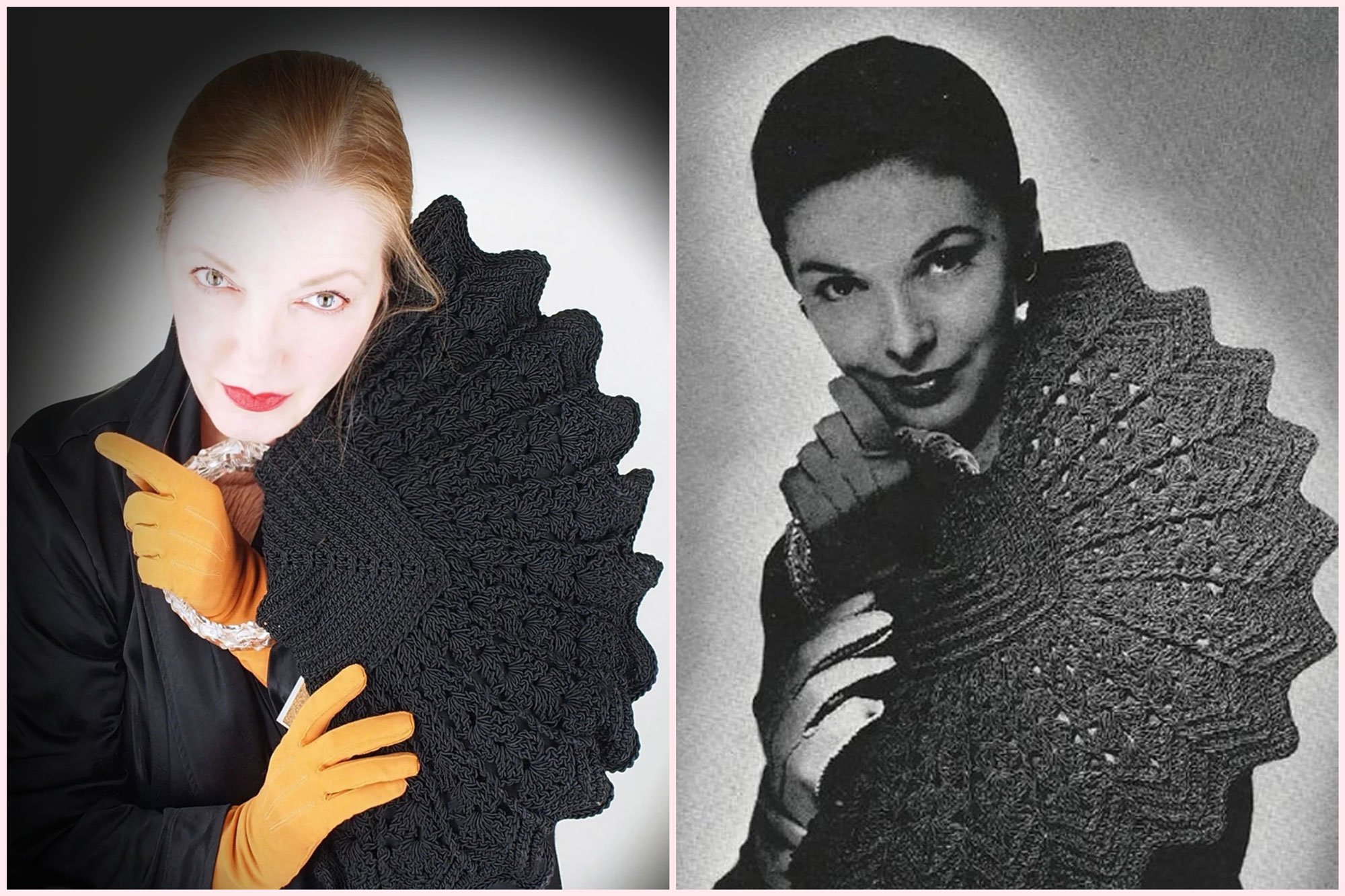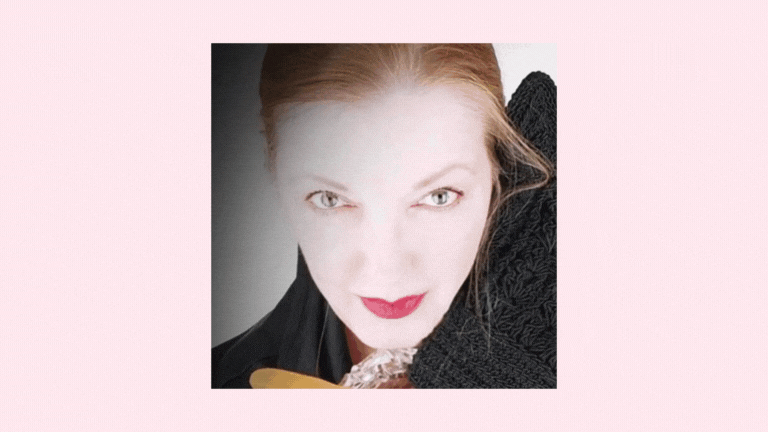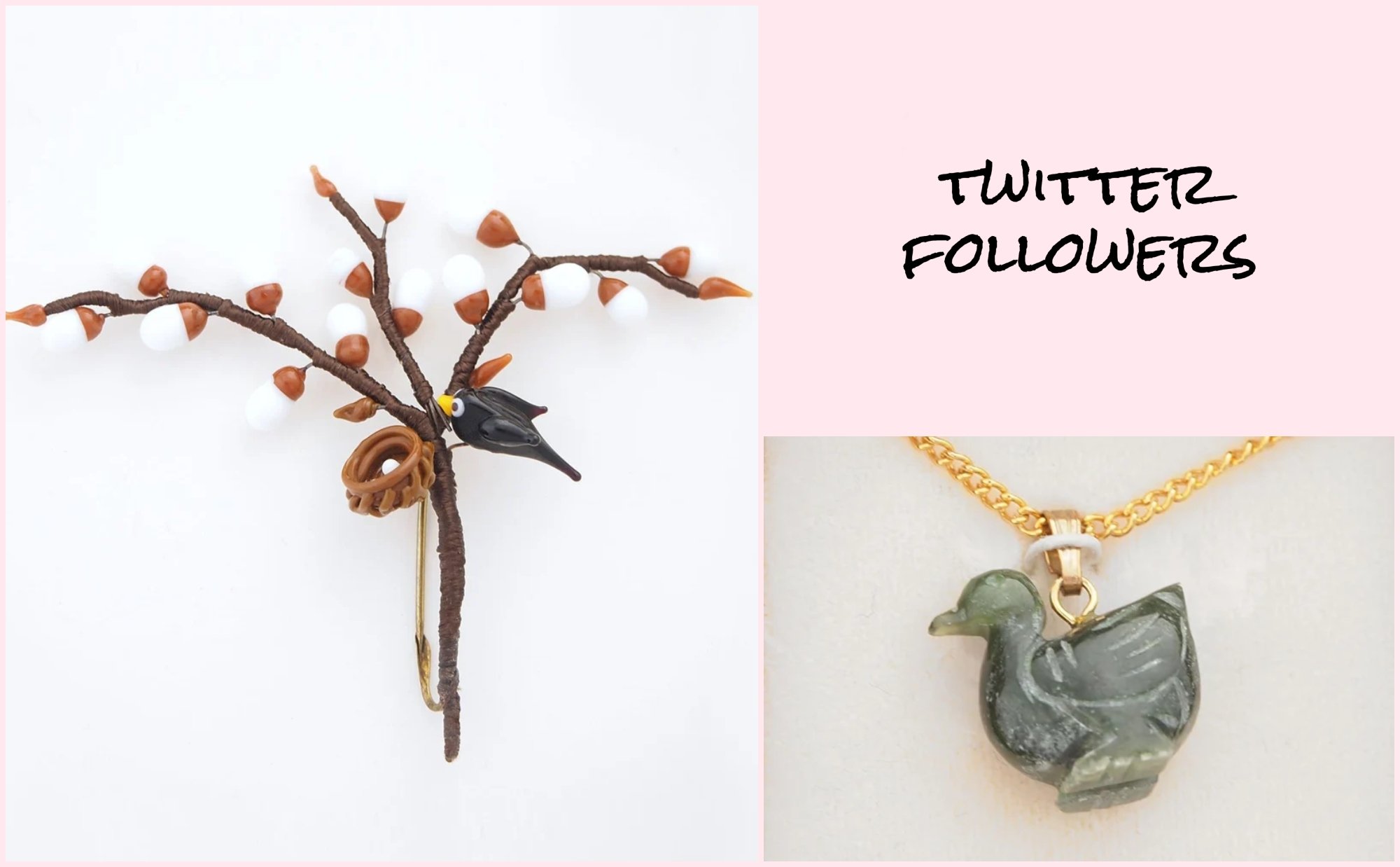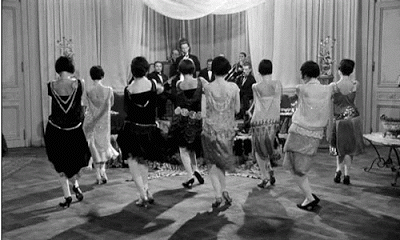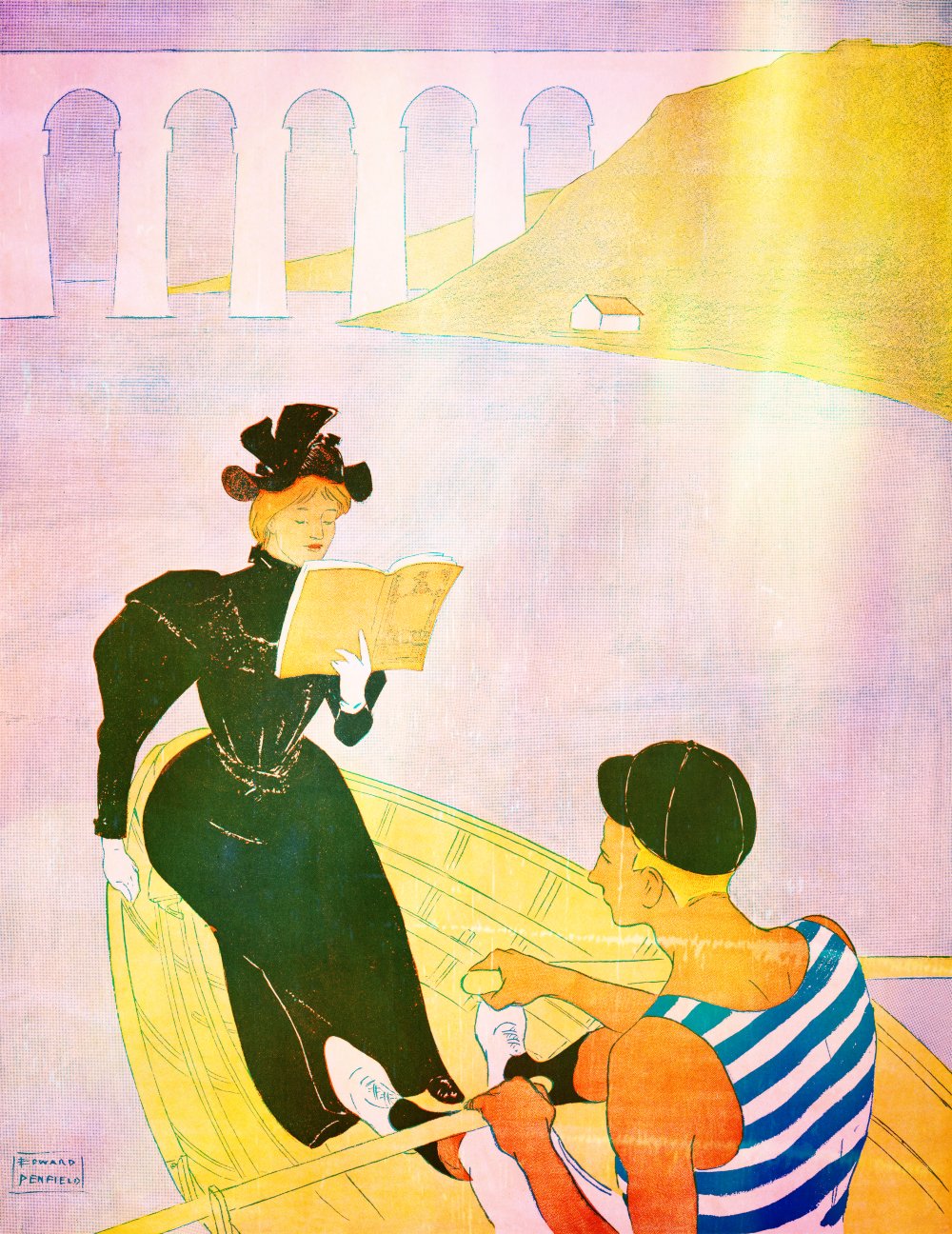A batch of freshly washed vintage swimsuits on my clothesline
I live in a 116-year-old house with a couple of clotheslines that look like they’ve made it at least half that long. An ancient grapevine winds up one of their posts. I use the lines in the summer for unbelievably quick drying, and many a vintage item has aired out in the breeze.
I guess I may be one of the lucky ones, as I have read there is a growing movement to protect a citizen’s right to dry clothes on an outdoor clothesline, challenging many state laws. (Here are the states that have blocked clothesline bans.)
The argument against use of lines is that it creates a messy vista, lowering property values—some homeowners associations even cite strangulation risk. Over 74 million Americans live in association-governed communities, and most of these associations regulate the use of laundry lines to some extent.
Arguing for hanging clothes out to dry focuses on the aesthetic of clean smelling clothing, getting oneself out into the fresh air, and the frugality: The average household stands to save $100-$300 per year over the use of an electric dryer according to Project Laundry List. Besides, clothes last longer when not subjected to the heat of the dryer. This is always on my mind, being a lover of vintage clothing!
From clotheslines.com
Most of all right now, supporters of “Right to Dry” are citing the energy consumption of the home dryer and how much it affects global warming. There are 89 million dryers in the U.S. according to Natural Resources Defense Council. Annually, each of these dryers releases about 1,500 pounds of carbon-dioxide emissions into the atmosphere.
So what are you waiting for? Live and let dry!
P.S. Need some vintage clothing care how-tos?
Then please give my book a read if you haven’t yet. The care section is a culmination of decades of research, trial and error and honing. Here are some of the reviews.


